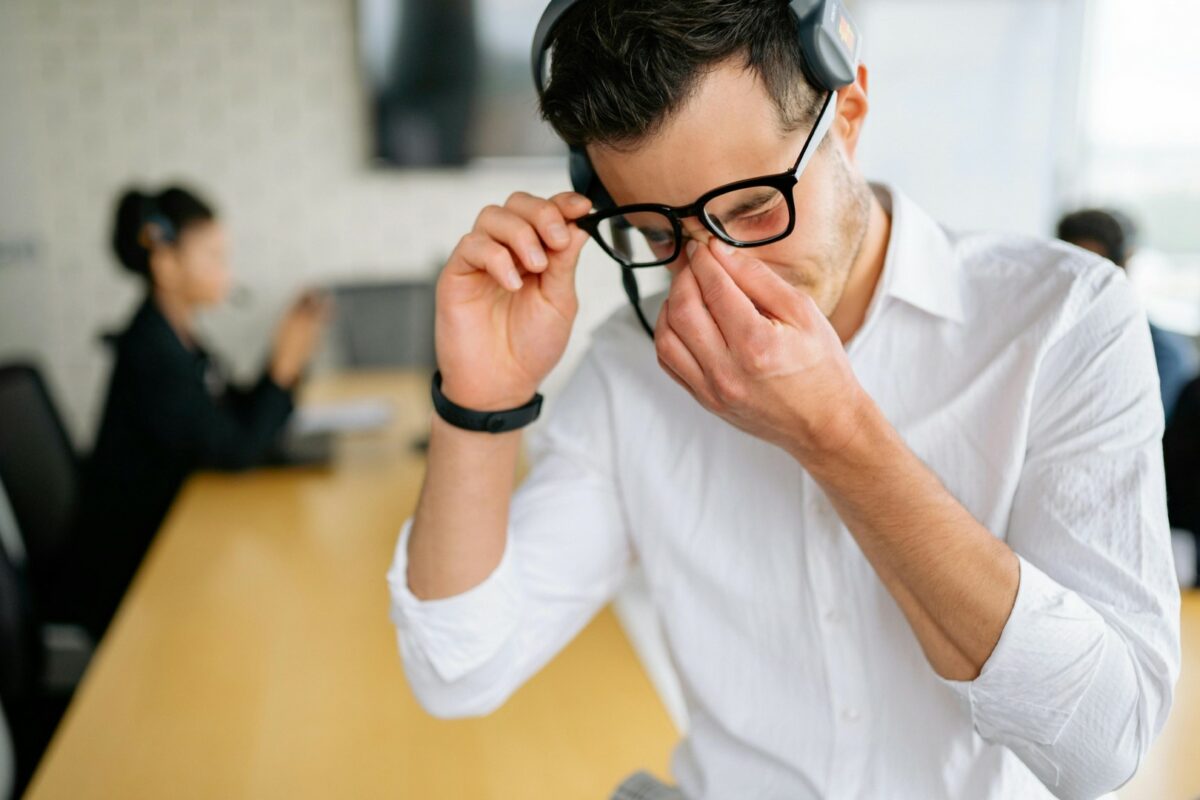While the built environment itself is inanimate, design should carefully cater to the needs of its living occupiers, including those who experience menstruation and menopause. These topics are not always easy to tackle in conversation or action, but facilitating inclusive design to provide comfort and accessibility to people who menstruate is key.
With this in mind, inclusive design company, Motionspot, surveyed 2,000 office workers who experience menstruation or menopause to explore the optimal workplace design for this sizeable segment of the workforce.
Key findings from the report include:
- 78% of people whose hormonal symptoms are eased by having a place to lie down lack the facilities to do so in their workplace.
- Hormonal fluctuations span a whole career. Over 50% of people say conditions associated with menstruation have greatest impact on them, versus 35% for menopause.
- Fresh air, comfortable seating, natural daylight, temperature and light-controls, and focus rooms were all identified as attractive workplace features.
Concerningly, the results reveal that despite many changes being relatively simple to implement, they are absent from a significant number of workplaces. Nearly half (48%) of respondents do not have access to the feature they identify as most useful to manage their pain and discomfort at work. The most common unavailable feature in respondents’ workplaces is a place to lie down (78%); second is a hot bath and shower (both 66%); third is a dark or dimly lit space (60%).
The data also shows that the lack of facilities to aid the management of pain and discomfort associated with hormonal change is not limited to people experiencing the menopause. Many people experiencing other hormonal fluctuations are also affected. While 35% of respondents report that their hormones are most impacted by conditions associated with the menopause, for 53% of people it is conditions associated with menstruation that have the greatest impact.
These include PMS (premenstrual syndrome (19%), PCOS (polycystic ovary syndrome) (6%), endometriosis and PMDD (premenstrual dysphoric disorder) (both 5%), pregnancy (4%), miscarriage, and chest-feeding/expressing (both 3%), and IVF (in vitro fertilisation) (2%).
The impact of poor design on employees
The negative effects of hormonal fluctuations in tandem with lack of resources in a building impacts both employers and employees’ productivity, efficiency, and financial outcomes:
- 61% of respondents say their mood is affected at work
- 58% find their concentration at work is impacted by hormonal variations
- Almost half (49%) experience a lack of motivation at work
- 44% face fatigue
- 35% feel teary at work
- 29% deal with pain
43% of peri/menopausal people suffer brain fog and 65% struggle with concentration, both of which are significantly more than the 18% and 51% of non-peri/menopausal respondents who said the same respectively.
The time people are negatively affected by hormonal changes was also found to be significant. 7.74 consecutive days every month for non-peri/menopausal respondents on average (6.34 days for non-menopausal respondents). This increases to 9.02 days for people experiencing the peri/menopause, with 42% of this group impacted for between 8 and 31 days per month.
The takeaway? Inclusive workplace design improves employee comfort, satisfaction, and productivity
While one can’t necessarily change the way the body functions, designers and architects can create spaces that help ease discomfort and satisfy physical needs. The study found that for office workers who experience menstrual symptoms, fresh air is the most common feature that would attract them to work more days in their current workplace (37%), increasing to 41% for people experiencing peri/menopause.
This is followed by comfortable desk seating (30%), natural light (28%), a private room to decompress (25%), temperature-controlled spaces (19% vs 28% for peri/menopausal people), and more focus rooms with less distractions (19%). Specific insights from respondents include:
- “Shower facilities with a private and secure changing and showering space would make a huge difference as someone with a heavy flow, because the cleaner I feel the more productive I am”.
- “A quiet room to just go and sit for 10 mins to massage my tummy when I have pain”.
- “Screens between desks for privacy to hide hot flushes”.
- “More open space so that I can move freely to help with moments of discomfort”.
- “Spaces to emote.”
Pareisse Wilson, Inclusive Design Strategy Lead at Motionspot commented:
“There is a substantial overlap of desired workplace features for people experiencing hormonal fluctuations, and people with neurodivergent conditions related to sensory modulation. We hope these insights encourage organisations to engage with their employees, and their full spectrum of intersectionalities, to create happy and healthy working environments that enable everyone to thrive. The progressive organisations that embrace inclusive design will enjoy improved productivity, performance, and staff retention, and become the top choice for workers at every age and career stage.”
Sophie Crossley
Sophie Crossley is our Content Editor. She has 5+ years of experience in comms with a focus on wellbeing, the built environment, and lifestyle.




